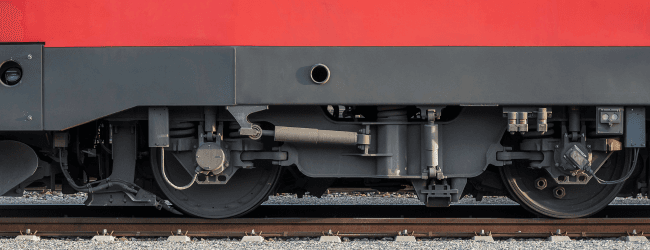
- 28 January 2025
Western Australia Holds Its Crown, Queensland Closes In
Western Australia has held off a surging Queensland to once again claim the title of Australia’s best-performing economy, according to the latest CommSec State of the States Report. For the second quarter in a row—and only the second time in a decade—WA leads the nation, topping five of eight key economic indicators, including retail spending, unemployment, population growth, housing finance, and dwelling starts.

While WA’s dominance is clear, Queensland is closing the gap, moving from third to a share of second place alongside South Australia. Queensland has shown remarkable momentum, ranking first or second on five indicators, including job growth and housing finance. With employment rising 3.79% over the past year and housing finance commitments up 36.8% above the decade average, Queensland is proving it has staying power.
South Australia continues to impress, maintaining a steady hold on joint second place and topping the nation for economic growth. Meanwhile, Victoria has made a bold move, jumping from seventh to third in annual growth rankings. Its lead in construction work—16.1% above the decade average—signals renewed activity and a positive outlook for the state.
Further down the leaderboard, Tasmania remains in fifth, with solid equipment spending but lower rankings on other indicators holding it back. New South Wales has leapfrogged the ACT into sixth place, showing modest improvement, while the Northern Territory stays in eighth, despite ranking first in annual growth for retail spending and equipment investment.
What’s clear from the report is that Australia’s economic performance remains resilient, even in the face of higher interest rates and inflationary pressures. Strong job markets and population growth are propping up states like WA and Queensland, while interest rate-sensitive regions like NSW and the ACT cluster mid-table.
Western Australia and Queensland, in particular, showcase the strength of resource-driven economies, with WA’s retail spending up 11.2% and Queensland displaying strong growth across housing finance and population metrics. These states aren’t just competing; they’re leading the charge, setting the pace for the rest of the nation.
As Chief CommSec Economist Ryan Felsman notes, “The future path will depend on whether the job market can hold up as well as the trajectory of interest rates over the coming months.” With WA and Queensland powering ahead, the competition among Australia’s top economies remains as fierce as ever.
For insights into how these trends could shape where to invest next, contact Property Club at enquiries@propertyclub.com.au. Stay informed, stay ahead, and make your next move count.
Related Posts

Sydney Units Are Quietly Entering Their Next Growth Phase
Sydney is heading into another shift, but it is not happening in the prestige house market or the headline grabbing suburbs. The real movement is in well-located units sitting close to transport, education and major employment hubs. These are the properties renters line up for and the ones buyers turn to when house...

The Psychology of Suburb Selection: Why Investors Keep Returning to the Same Postcodes
Most investors think they choose a suburb based on research, data and logic. In reality there is often something deeper at play. Suburbs hold emotional weight. They remind us of where we grew up, where our friends live, where we once rented, or where we felt safe. Familiarity feels comfortable, which is why so many...

New Lines New Lives: How Rail Is Redrawing Queensland’s Coastal Growth Story
The Sunshine Coast and Gold Coast have long been known for surf and holidays. But right now, both are being redrawn not by the tide but by transport lines. The next decade of growth in Queensland will be built along the tracks. The Sunshine Coast Rail project and the Gold Coast light rail expansion are reshaping...